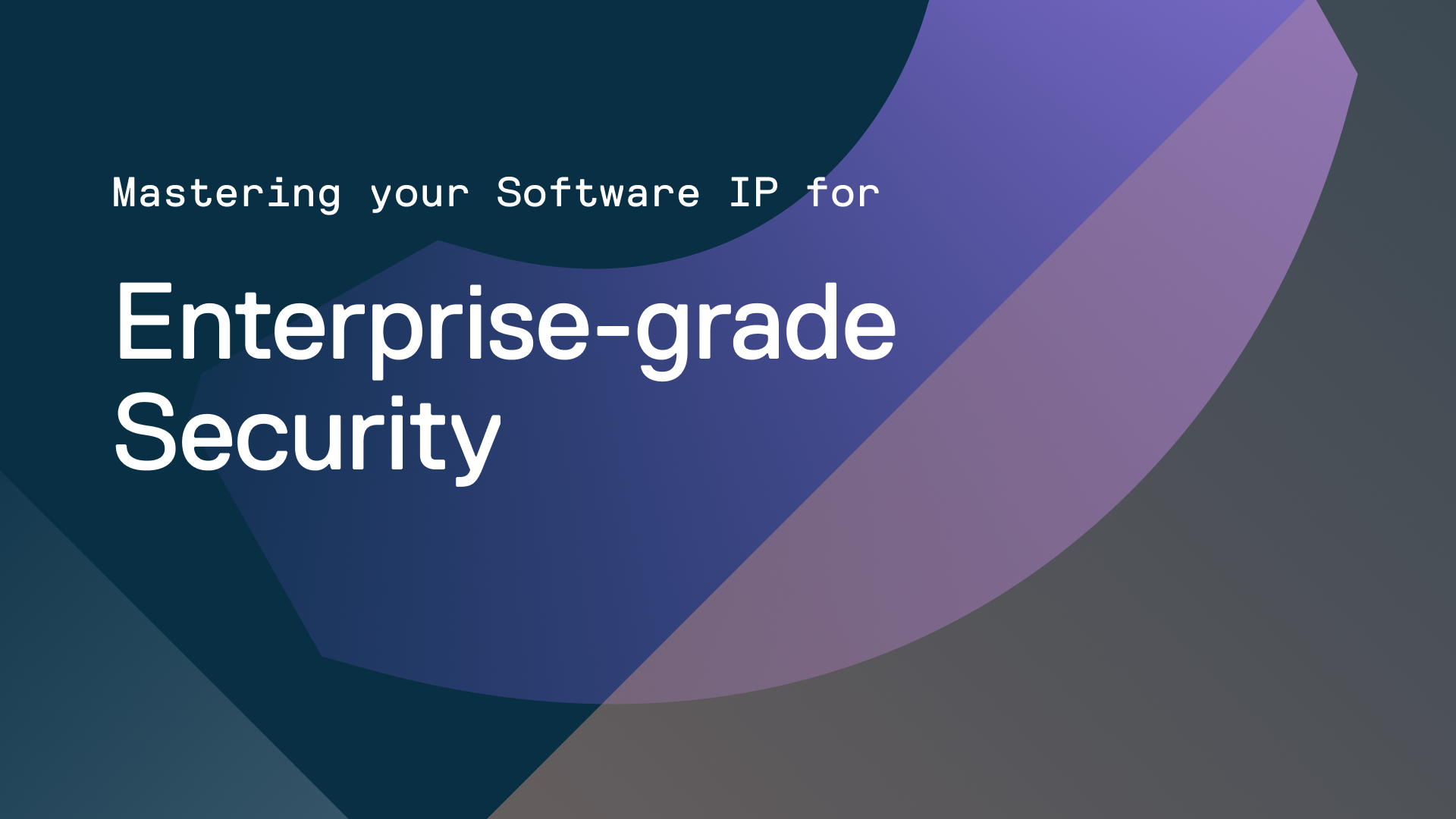Enterprise-Grade Software Security: Mastering Control Over Your Software IP

Enterprises should prioritize securing their software artifacts to protect intellectual property (IP), maintain compliance, and mitigate supply chain risks. A strong security posture requires a deep understanding of access management, distribution controls, compliance enforcement, and software lifecycle governance.
This guide explores key principles of software security and best practices that enterprises can adopt to ensure software remains protected from unauthorized access, compliance violations, and supply chain threats.
Implementing Enterprise-Level Access Control
Effective access management is the foundation of software security. Enterprises should:
- Adopt Role-Based Access Control (RBAC) to define and enforce access policies at a granular level.
- Leverage Single Sign-On (SSO) via SAML to streamline authentication and centralize user identity management.
- Use SCIM integration to automate user provisioning and deprovisioning, ensuring timely access adjustments.
- Establish structured team and service account management to prevent unnecessary access and privilege escalation.
By implementing these controls, organizations ensure that only authorized personnel interact with software artifacts, reducing security risks and enforcing least privilege access.
Controlling Software Distribution with Entitlement Management
For enterprises distributing software externally, precise access control is essential. Best practices include:
- Using entitlement tokens to grant controlled, read-only access at an individual package level.
- Monitoring and tracking software downloads to maintain visibility over usage.
- Revoking or modifying access as needed to comply with licensing terms and security policies.
These techniques help organizations manage software distribution securely while maintaining complete visibility into how assets are accessed and used.
Meeting Compliance and Location-Based Security Requirements
Global enterprises must align software storage and access with compliance requirements. To do so, they should:
- Enforce Geo/IP restrictions to control where software can be accessed.
- Utilize custom storage regions to align with regional data sovereignty and regulatory requirements.
These measures ensure enterprises maintain compliance with industry regulations while safeguarding sensitive data.
Auditing, Tracking, and Managing the Software Lifecycle
Visibility and traceability are critical to software security. Enterprises can enhance security by:
- Maintaining client logs to track software access and detect unusual activity.
- Implementing audit logs to track administrative and operational changes.
- Defining retention and lifecycle rules to automatically archive or remove outdated software artifacts.
With continuous monitoring, organizations can quickly detect and respond to potential security threats while streamlining compliance reporting.
Ensuring Secure Software Promotion and Delivery
To maintain a secure software pipeline, organizations should:
- Implement package promotion workflows to control how software transitions from development to staging and production.
- Establish provenance tracking to maintain an immutable record of software lineage.
- Enforce security policies that verify software integrity before deployment.
By embedding these security measures into the software development lifecycle, enterprises can reduce risks and ensure that only trusted, verified software is deployed to production environments.
Adopting a Zero Trust Approach to Software Security
A Zero Trust security model - where no entity is trusted by default - helps organizations maintain security across their software supply chain. By focusing on robust access controls, entitlement-based distribution, compliance enforcement, and continuous monitoring, enterprises can strengthen their security posture while maintaining the agility to innovate and scale.
By mastering these security principles and leveraging the right tools, organizations can take full control of their software IP, ensuring that their most valuable digital assets remain secure, compliant, and resilient against evolving threats.
For enterprises seeking a comprehensive solution to manage and secure their software artifacts, Cloudsmith offers a universal, cloud-native platform designed to meet these needs. With features such as role-based access control, entitlement management, compliance enforcement, and advanced observability, Cloudsmith empowers organizations to implement robust security measures across their software supply chain. To learn more about how Cloudsmith can enhance your software security strategy, talk to an expert.
Liked this article? Don\'t be selfish (:-), share with others: Tweet

